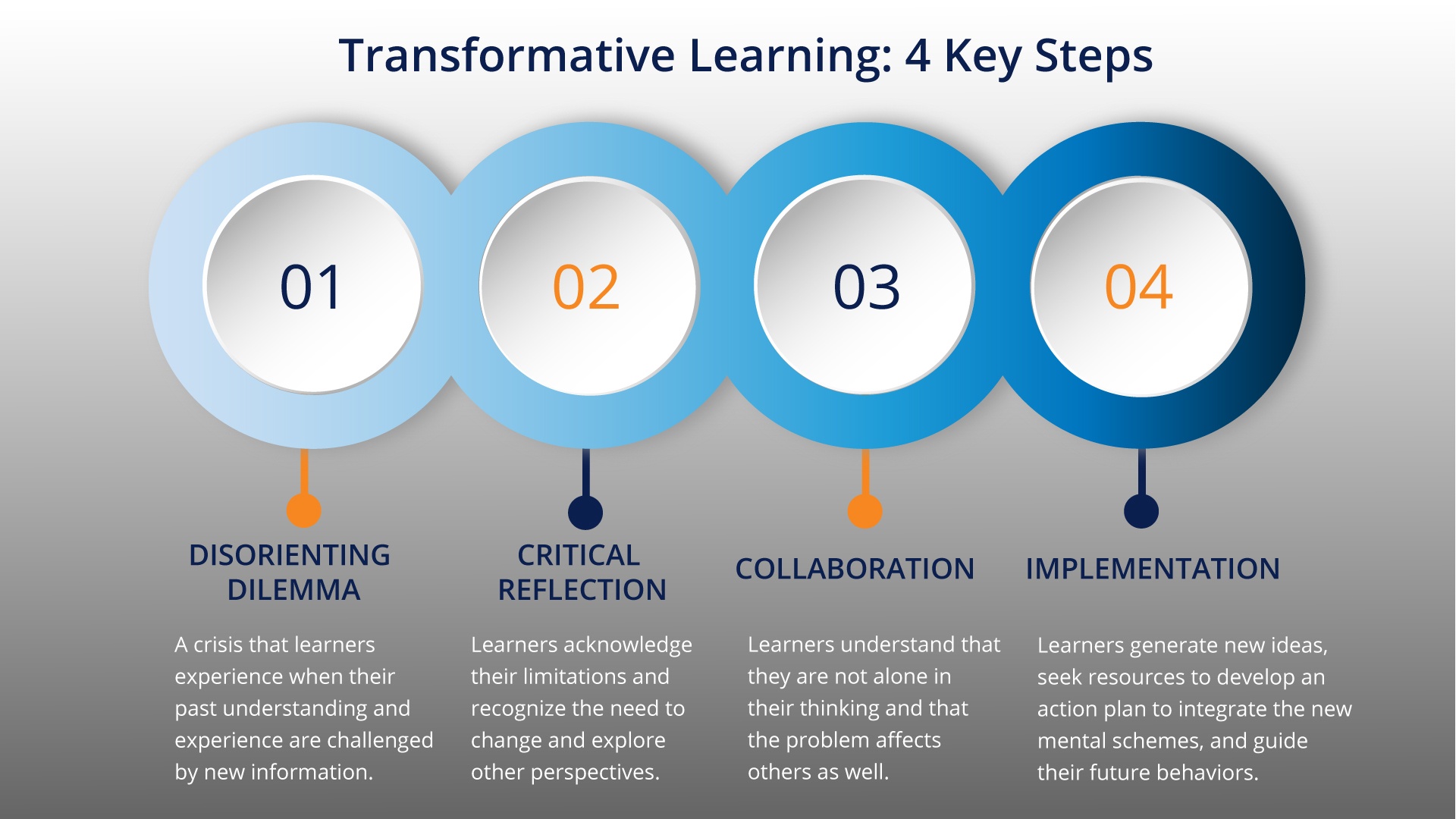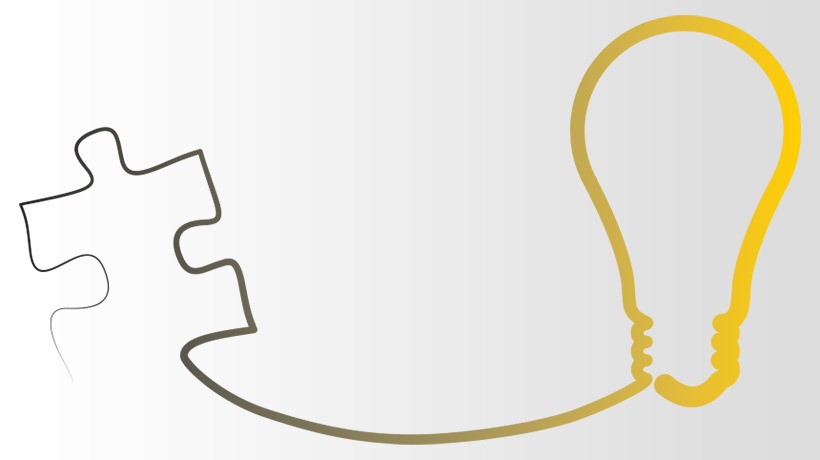Transformative Learning And Mindset Growth
Suppose your manager assigns the same project, that requires critical thinking, to you and one of your coworkers. Will the project outcomes be the same? The answer is no.
Why Does My Way Of Thinking Influence An Organization?
Your experiences and your thinking are what make you unique. You use them to solve problems, perform your job, and interact with coworkers and managers. This applies to you, but it also applies to others around you. In the workplace, we bring a plethora of experiences, beliefs, and perspectives that are intertwined and form the structure of an organizational system. These invisible mental models generate the organization’s behaviors and problems. This explains why we, as individuals, can negatively or positively influence its outcomes.
Organizational Change Starts Within Us
Because mental models drive our behaviors, Donella Meadows argued that the greatest leverage to change a system like an organization lies in our efforts to transform the mindsets that guide it [1]. What does this mean? It means that you can bring more value and improvement to an organization if you commit to recognizing the limitations of your assumptions and opening your mind to new perspectives. If we all direct our efforts toward changing the way we think and learn from each other, we will bring more efficiency to the workplace.
For organizations, the consequences of mental-model block can be devastating, especially in a fast-paced world where adapting to change is crucial for success [2]. How much money do companies spend on implementing ineffective solutions or training because of wrong assumptions? How many development opportunities do they miss because of the management’s inability to unfreeze their beliefs? Creating a culture that fosters individual and shared reflection encourages you and others to think about your thinking and generate new ideas. Going beyond what you know is necessary to drive the change you want to see in your company.
Transformative Learning As A Transformative Force
How can you foster a reflective culture in your organization? To break mental schemes, you need a transformative force capable of inducing that deep mindset shift. Transformative learning may be the answer to that question [3]. It is a process that aims to develop a profound shift of consciousness and trigger emotional and cognitive reactions that transform one’s behavior and thinking. This theory is rooted in Jack Mezirow‘s research and work. He argued that learners who undergo experiences that don’t fit into their current beliefs tend to question and reflect upon what they know. By doing so, they build and integrate new ideas to solve problems creatively and adapt to change. Transformative learning aims to turn learners into "reflective practitioners" always ready to learn from their experiences [4]. It includes ten systematic steps that can be combined into four main steps: disorienting dilemma, critical reflection, collaboration, and implementation.

Moving From Theory To Practice
Earlier, I mentioned the importance of adapting to change and how wrong assumptions may cause companies to waste money on ineffective interventions. What if your company is experiencing this challenge because of the inability of the managers to collaborate and acknowledge mistakes? What would you do to help them succeed? Here is how you can apply and structure transformational learning to improve their performance.
1. Disorienting Dilemma
How can you get managers to admit they don’t know it all? In a safe, non-judging learning environment, managers can view a presentation about past interventions and their consequences. They will visualize the gap between their intentions and the results of their actions. This awareness is likely to cause a sense of disorientation and malcontent that may trigger their need for change.
2. Critical Reflection
Why are managers unable to implement viable interventions? Managers will start wondering why their past actions led to inefficiency, recognizing that they don’t know everything and that better ways exist to face the problem. Targeted questions and reflective activities can be useful tools to foster their critical thinking and reflection and to transform their perspectives into more open ideas.
3. Collaboration
How can you create a shared understanding of the company’s goals and needs? Collaborative learning experiences, such as communities of practice or workshops, can be a strategic tool to encourage managers to share their experiences and reasoning with others and use dialogue to explore different perspectives. Managers will feel that the challenge they face affects the whole management team, which collaborates to develop shared business ideas.
4. Implementation
How can you help managers integrate new ideas into their way of thinking? By creating a safe, continuous learning community, managers can generate new ideas on topics of interest. They gain the knowledge and skills to develop action plans, integrate them into their work, and share their experiences with the team. Ad hoc resources can also be designed for continuous improvement opportunities and points of reflection.
Final Thoughts
We are an integral part of the organizational system. With our limited understanding and knowledge, we can prevent an organization from growing. Going beyond our mindsets is the most effective way to drive change and bring innovation. With transformative learning, we can achieve this. This individual radical transformation starts from our hearts and can extend to those around us, and eventually, to the whole organization [4]. There is no limit to the better ways in which we can do things. What it takes is the ability to see them.
References:
[1] Leverage Points: Places to Intervene in a System
[2] McKinsey on Change Management
[4] TRANSFORMATIONAL LEARNING: A BLUEPRINT FOR ORGANIZATIONAL CHANGE
Image Credits:
"Transformative Learning: 4 Key Steps" Image created by the author.









